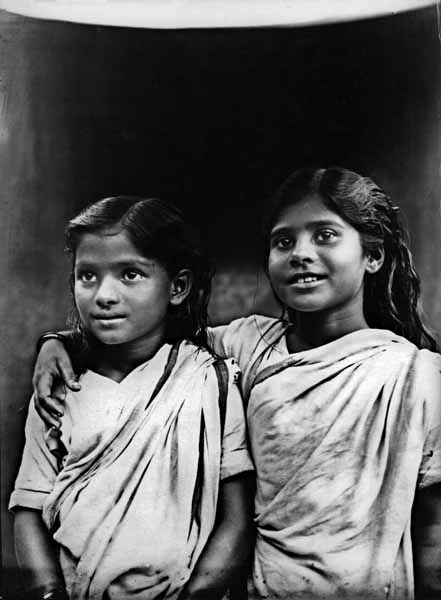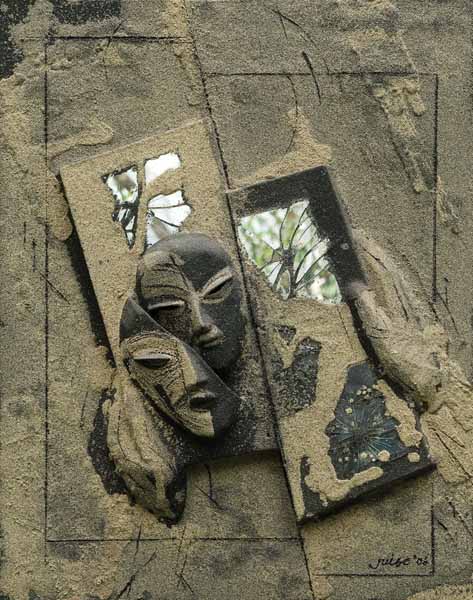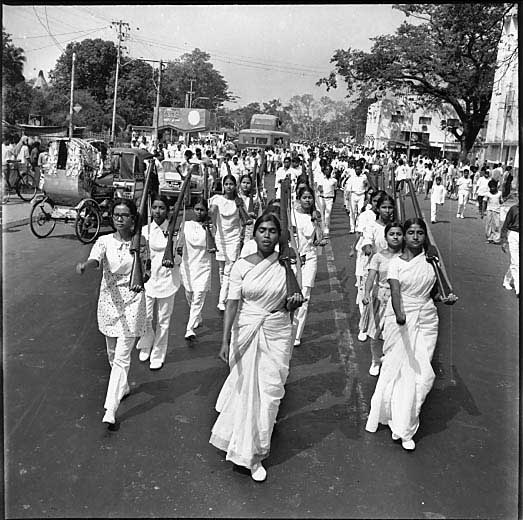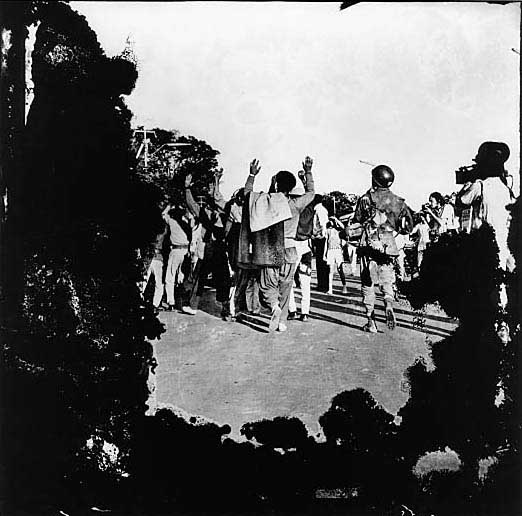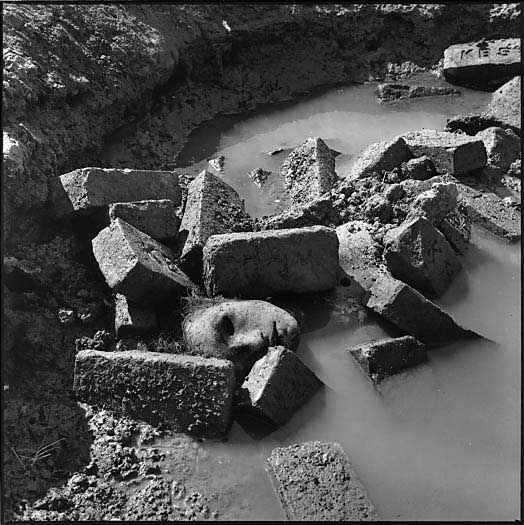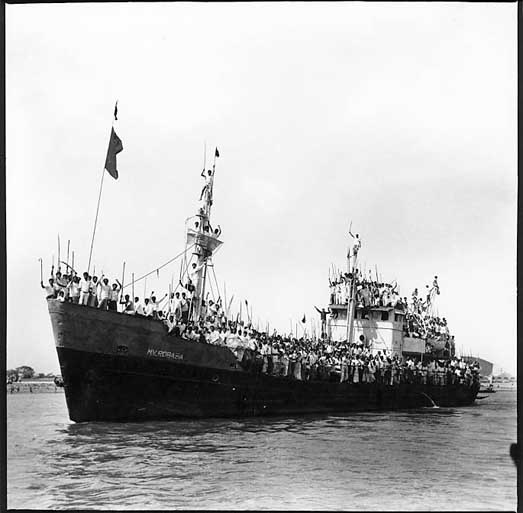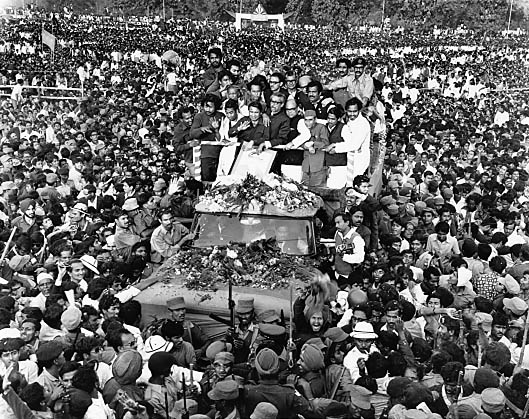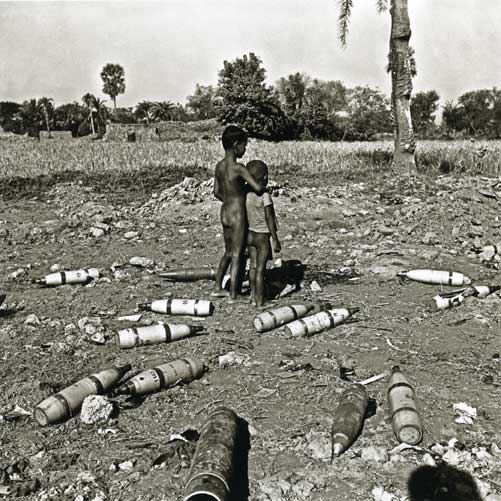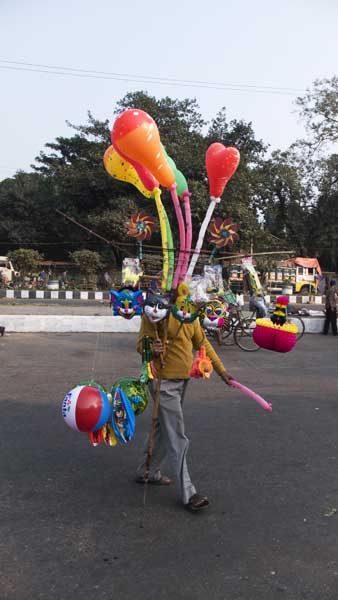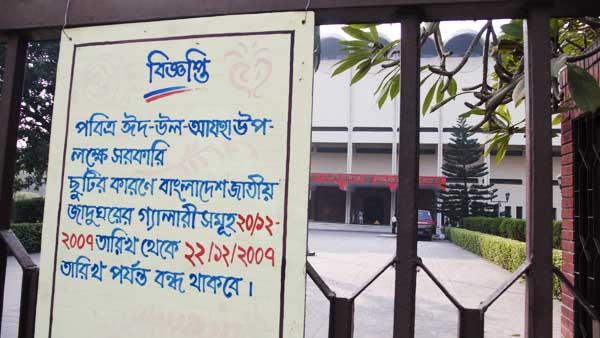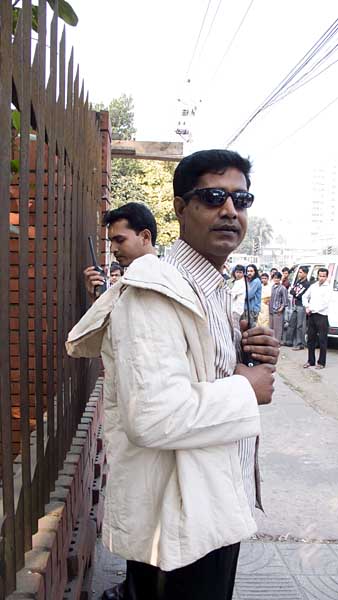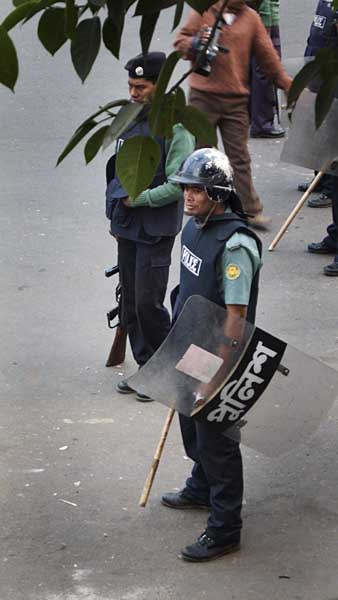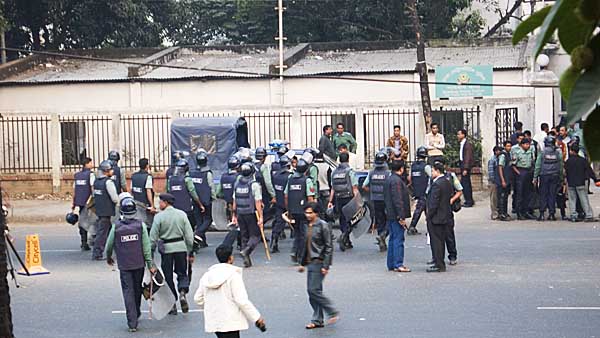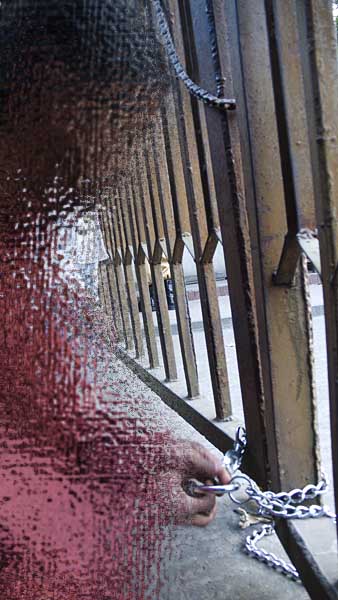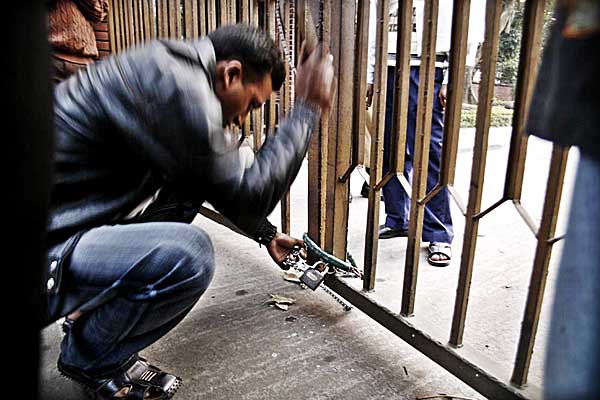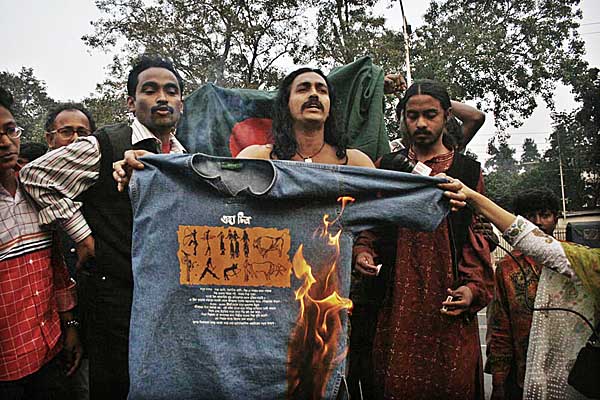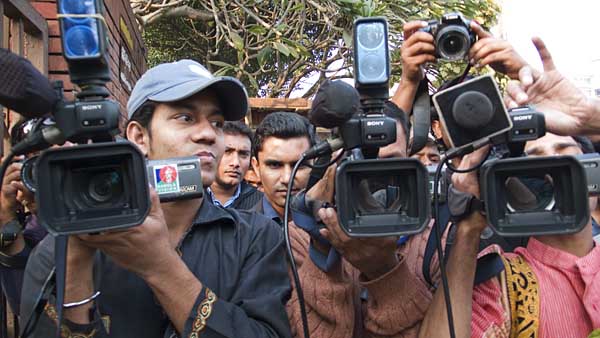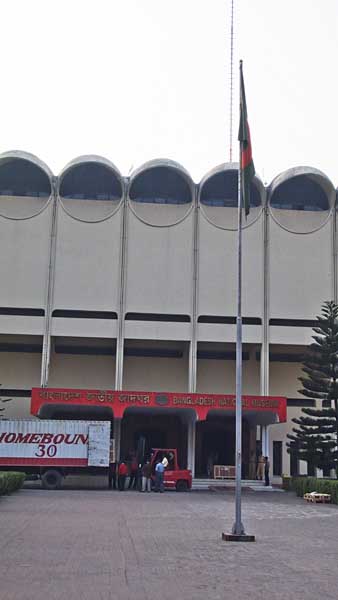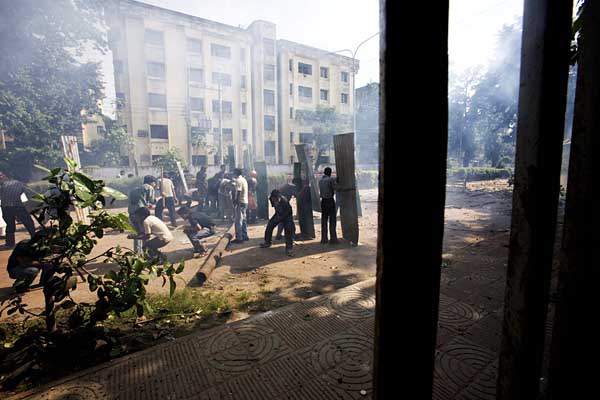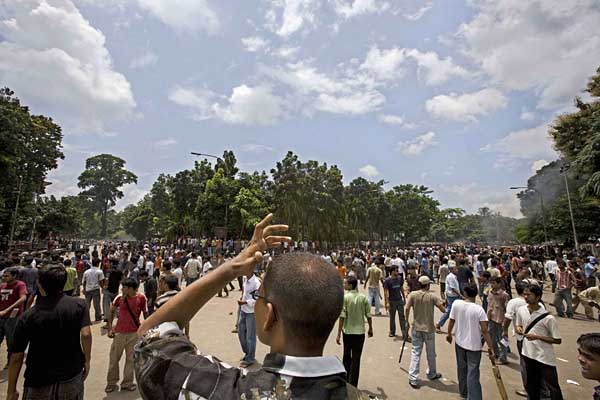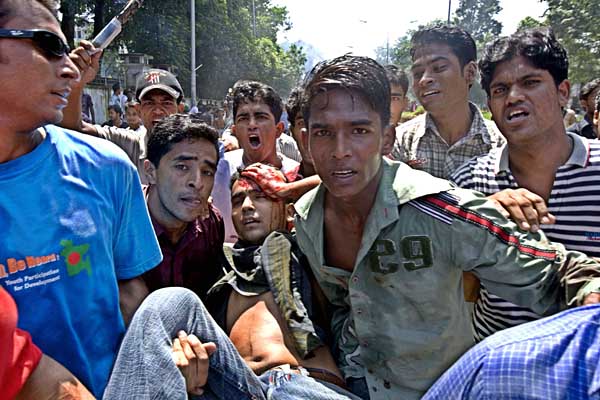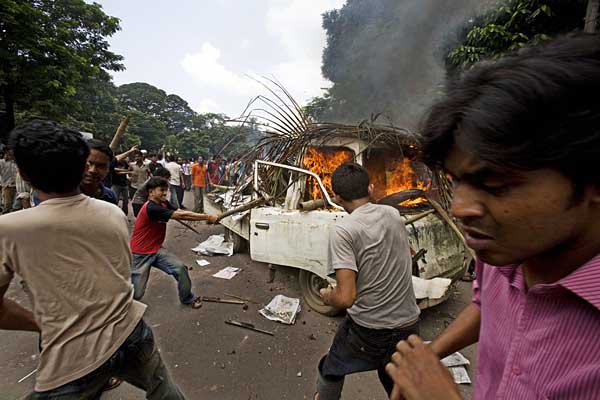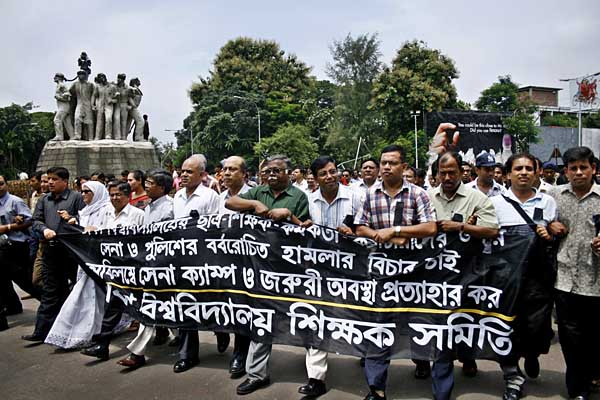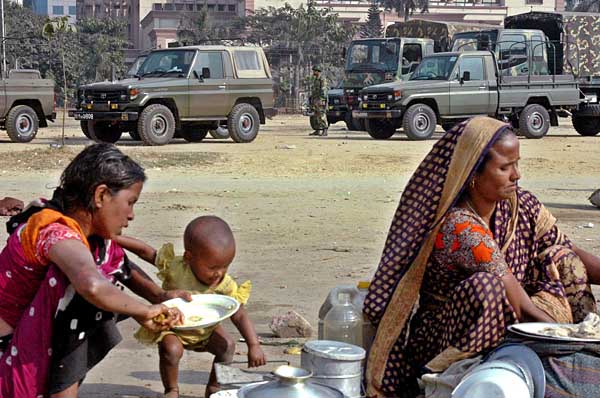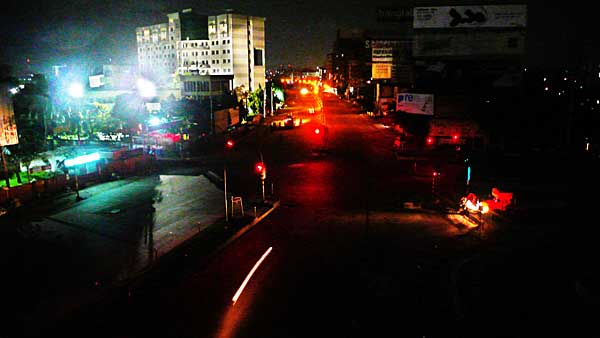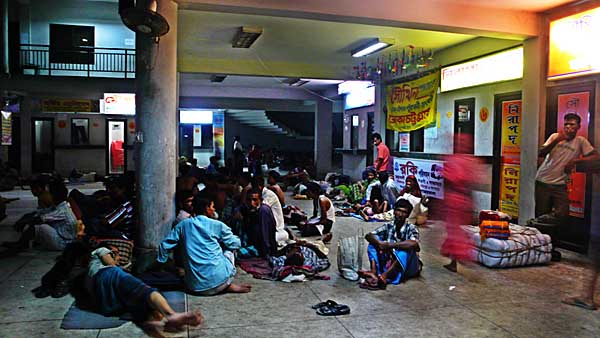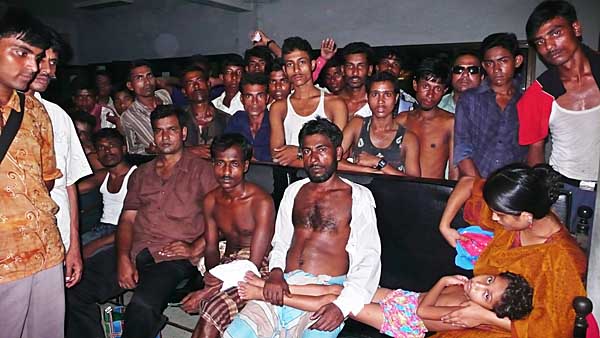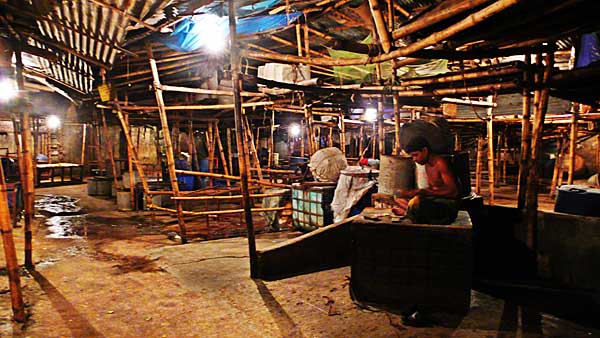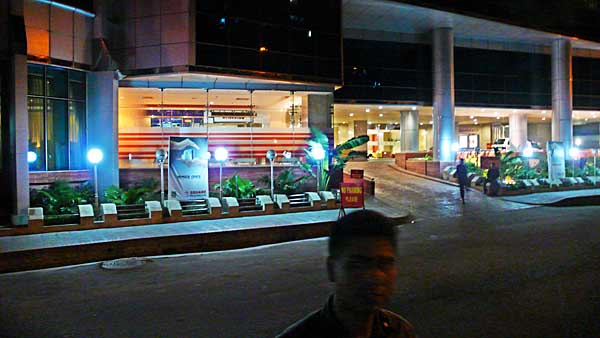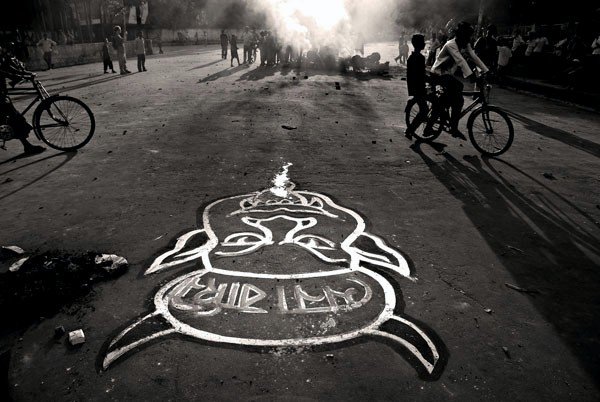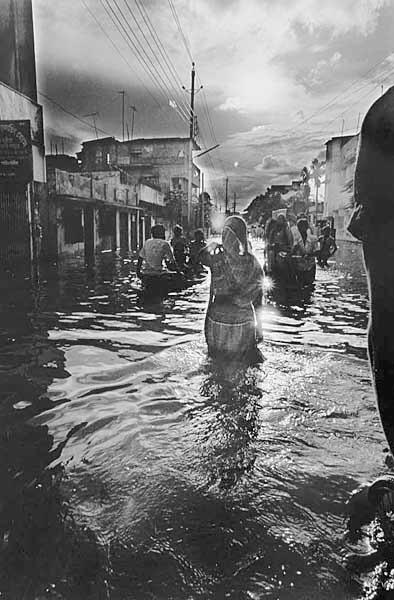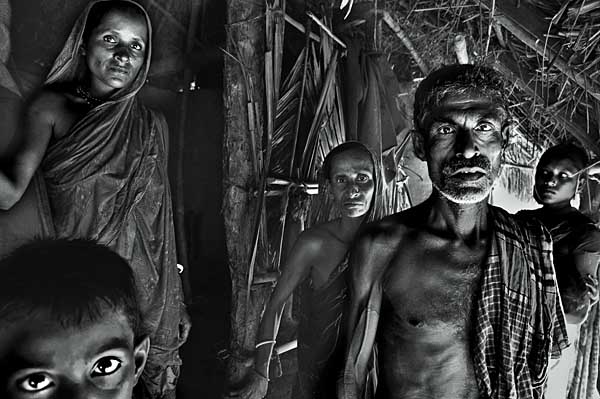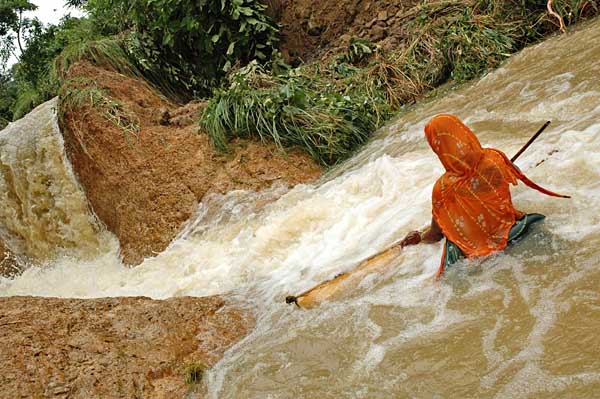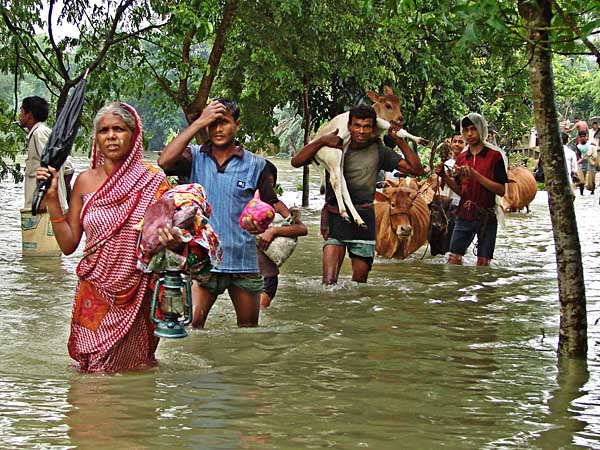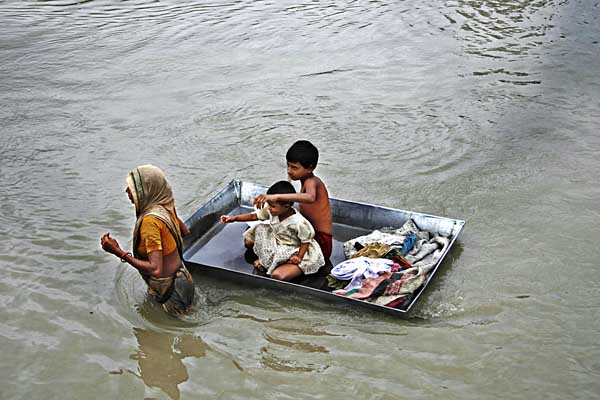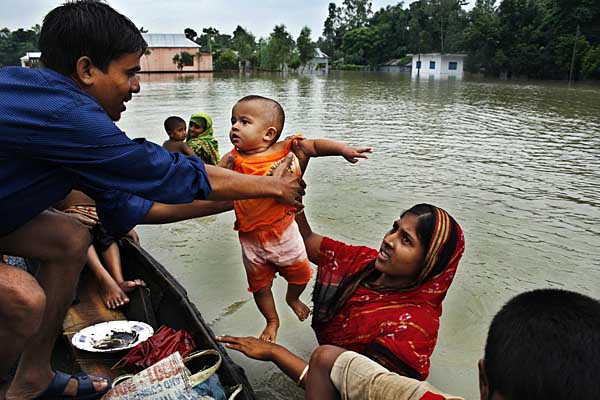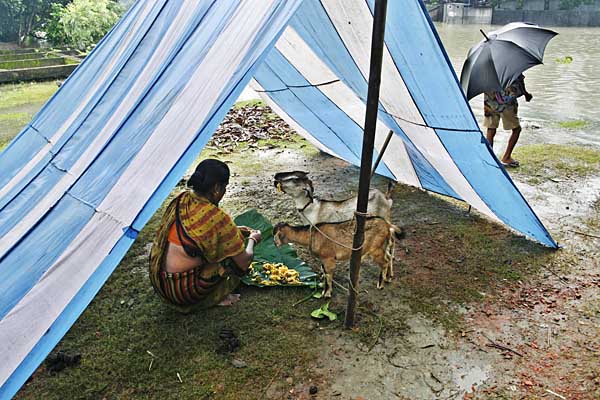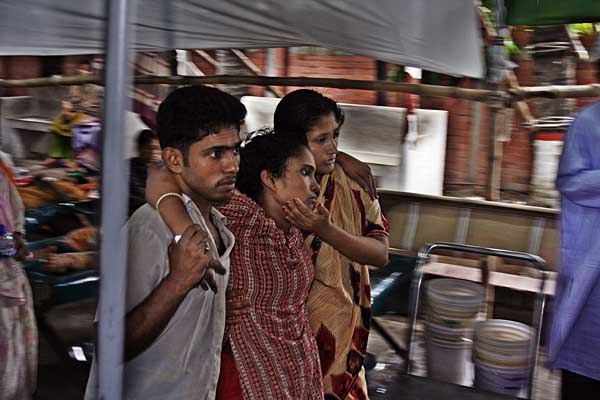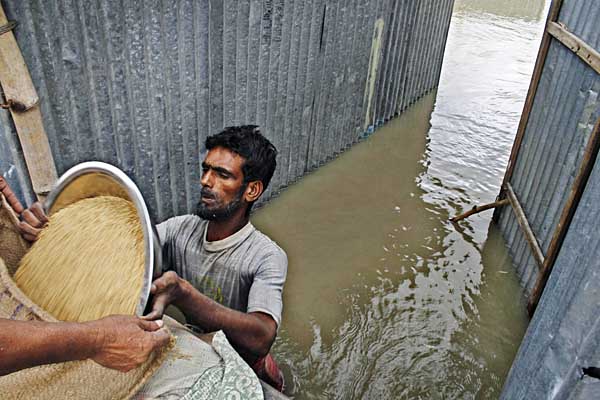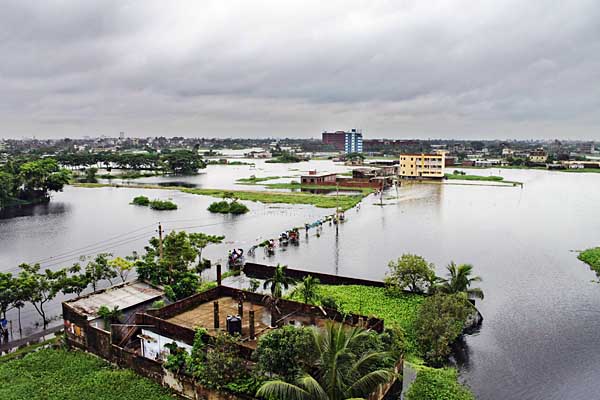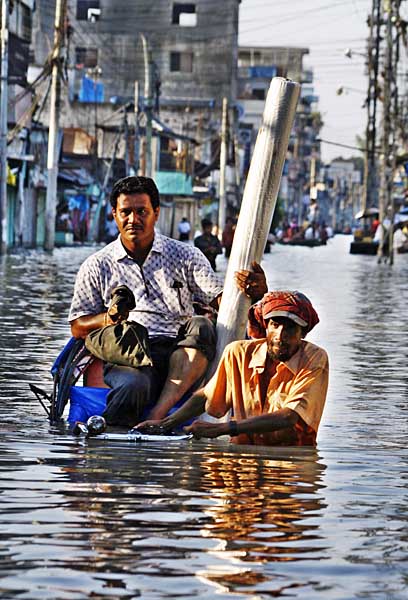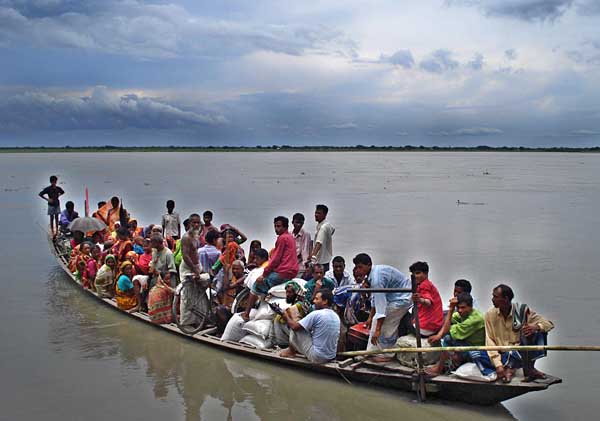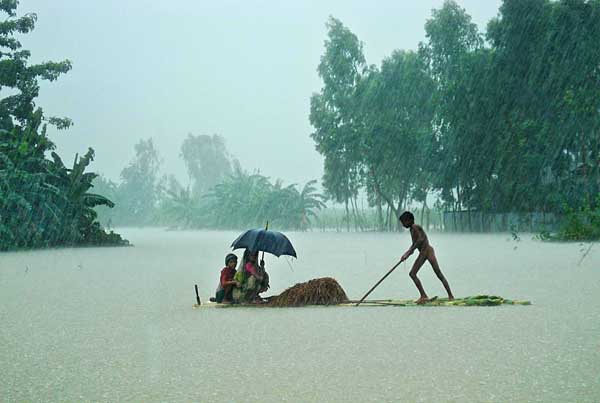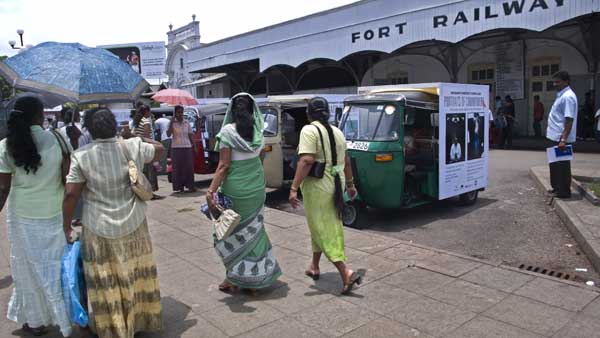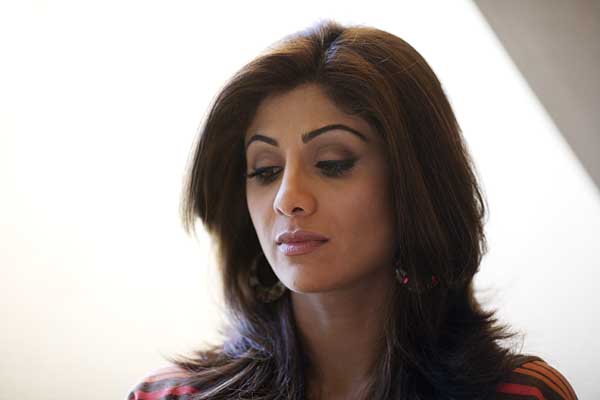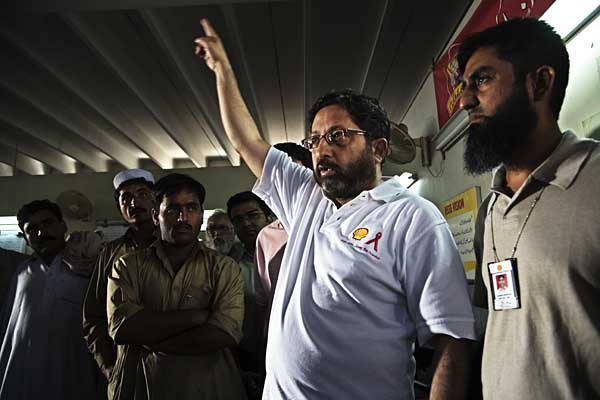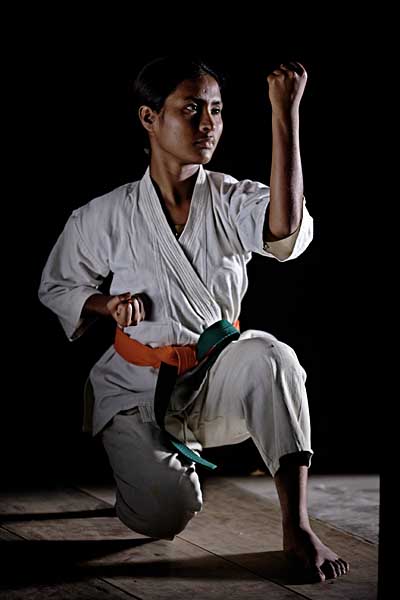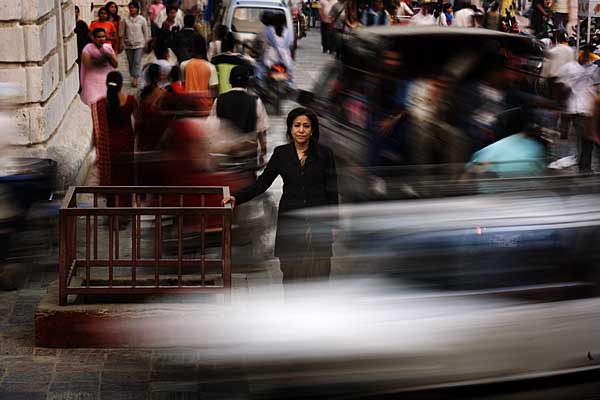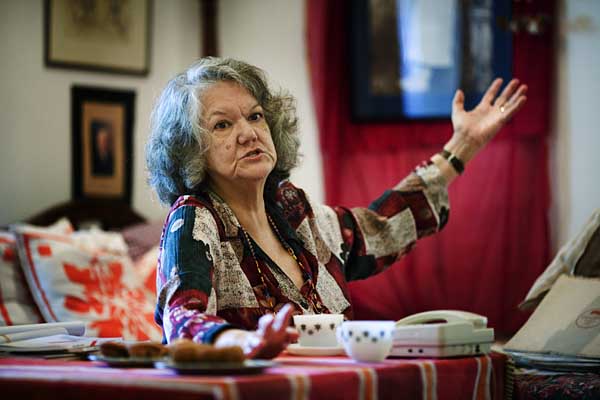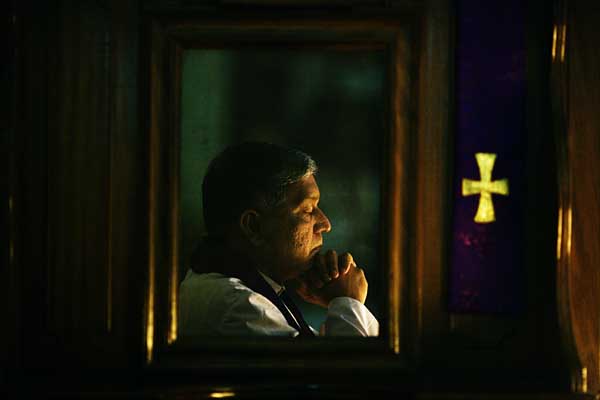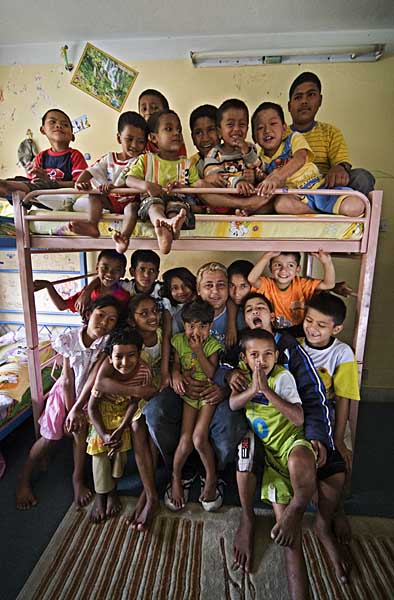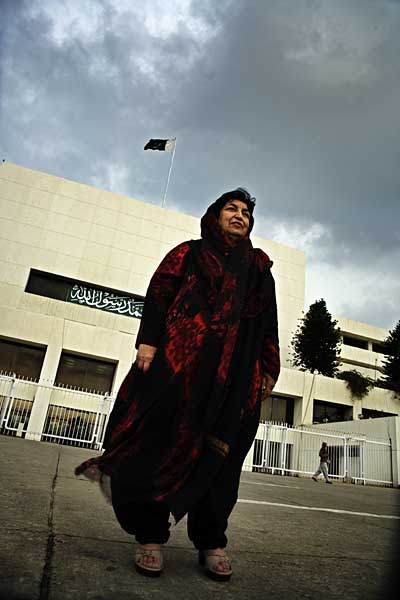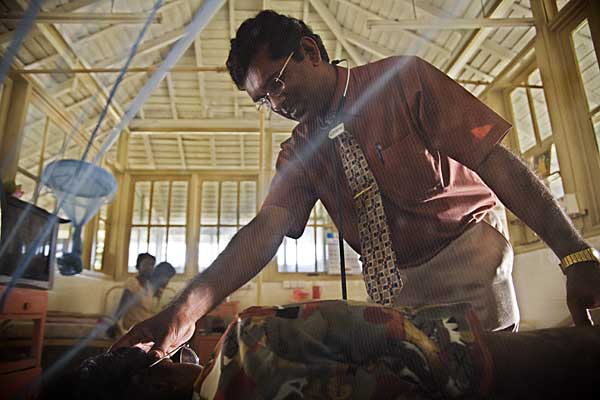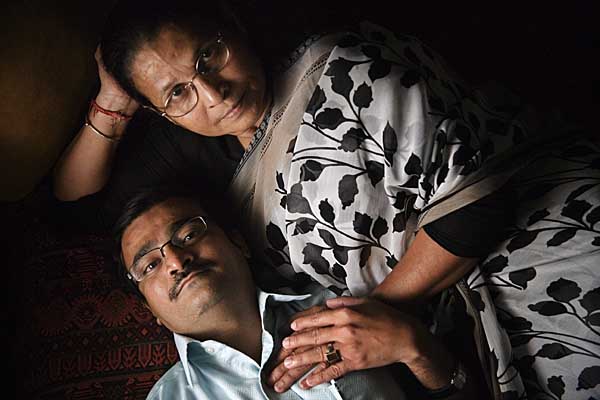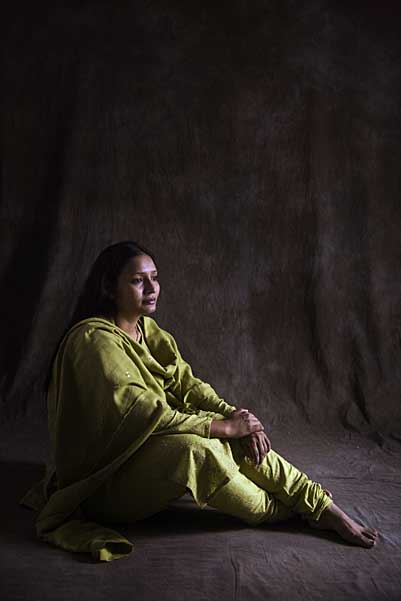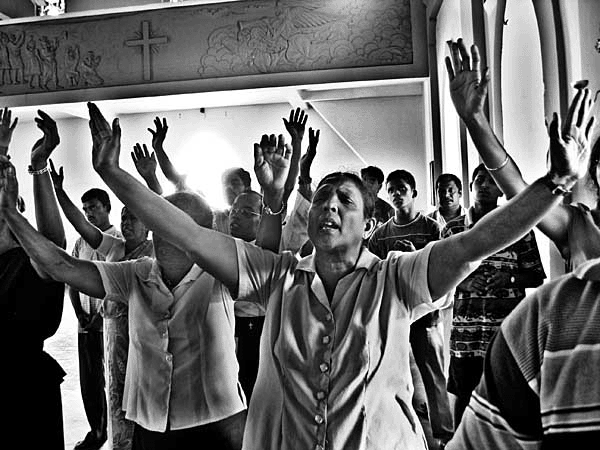Subscribe to ShahidulNews

Rahnuma Ahmed
Thirtyfive years later
“Thirtyfive years? You will be meeting her after thirtyfive years?”
No contact in between?
Well, I would reply, we escaped from Pakistan in 1972. There were no official contacts between the two countries for many years so there was no question of any letter-writing, but in the late 1970’s, one of my father’s colleagues at Radio Bangladesh had gone to Pakistan, to attend a seminar. I remember asking my father hesitantly, can your colleague take a letter from me for Imdad uncle’s daughter? My father had said, `For Naghma? Well, I’ll ask him, but go ahead. I’m sure, he can.’ He had brought back a letter from Naghma. I remember that I had read it over and over again.
When we met last October, after thirty-five long years, she reminded me that I had also sent a maroon cotton sari with my letter. With her letter had come a set of studded buttons, a Sindhi piece of jewellery that village women wore. That I remember clearly. I had worn it for many years.
In the late 1980s, I had received a phone call. The caller said he was Naghma’s husband, he was in Dhaka for a conference. It was over, could we meet up? I dragged Shahidul over to where Haseeb was, we spent what remained of the day together. I wanted to know all about Naghma, we had a meal, we showed him parts of Dhaka. I remember he had said, y’know Dhaka’s quite funny, such stark differences right next to each other, next to a two-storied house you get a scraggly plot, and then suddenly you see a pretty posh building, and then again, right next to it, a government office. I remember looking at Dhaka anew, through his eyes. I remember looking at Haseeb, again and again, wanting to find bits of Naghma in him. I missed her. His presence made it acute.
After that, no contact. Four years earlier, we were in touch again. A spurt of e-mails, followed by another long silence, broken last year by a letter. She had been invited to a conference in Dhaka at the end of October, would I be in Dhaka then? We frantically wrote to each other. Until the last minute. Until she caught her flight to Dhaka.
I walked into the hotel lobby and asked for her at the reception but before the person behind the counter could reply, a man walked up to me and said, “Are you Rahnuma?” I nodded, and he said, “There’s Naghma.” I turned to see a woman in a white kameez and churidar, seated in a sofa facing the high glass walls. Her back was turned to me. She was looking at the fountain outside.
No words can describe what I felt in that first exchange of glances. Tahseen gave us a minute or two before joining us. Naghma introduced us to each other, he was also from Pakistan, he was here for the same conference. An old friend of her and her husband. Tahseen said I needed no introduction. Naghma had never tired of talking about me in the thirty-or-so odd years he knew her. He teased us as we sat facing each other. As we calmly spoke to each other. We had been misty-eyed, but only for fleeting moments. “If I had been in your place,” said Tahseen, “I would have wept my heart out, I would have been rolling on the floor of the hotel lobby by now.” We laughed.
Later, one evening when we were having dinner together, Tahseen spoke of his visit to his ancestral village in East Punjab, India, a few years ago. He spoke of how he had navigated his Indian friend who was driving the car right down to the village, of how he had known of each turn to the doorstep of their paternal home from stories that his mother had repeatedly told him. Stories of sorrow, and loss and longing. It was the first time since 1947 that anyone from Tahseen’s family had been to the village. But older people, he said, had known who he was. We shared in his amazement when he said, you know, I didn’t have to introduce myself, they knew right away, they said you are so-and-so’s puttar, right?
He quietly added, the whole village had turned out and wept.
In 1972, I did not look back
Afsan Chowdhury had insisted that the experiences of those of us who had been in Pakistan during 1971, was also part of the history of muktijuddho. I had contributed a piece to his edited four-volume Bangladesh 1971. This is what I had written about leaving Naghma, about leaving Pakistan. `I do not remember exactly how I came to discover that we were leaving, that we were escaping, that it would happen not in the distant future, but soon. Very soon. I was told of the exact date at the very last moment. My parents had strictly forbidden us, we were not to tell anyone, we must keep our mouths tightly sealed, it was not safe. But how could I not tell my dearest friend Naghma? Her father, like my dad, also worked in Radio Pakistan, they were Punjabis, they also lived in Garden Road officer’s colony. In my circle of friends spreading from colony to school and back, Naghma was the only one who strongly supported Bangladesh’s struggle for liberation. She was the only Pakistani with whom I could share tales of atrocities being committed by the Pakistani army, with whom I could share stories of West Pakistan’s exploitation of its eastern wing.
When I told her of our family’s plans to escape, I remember that I had shut the door tightly, that I had sat down next to her, that I had whispered in her ear, “We are leaving…”
I remember she had wept. I remember I hadn’t.
I was leaving Pakistan for my own country. I remember feeling proud. We were going to be free of Pakistan. I did not look back.’
Last October, when we met after thirty-five years, Naghma reminded me of that evening. She reminded me that I had turned the bedroom lights off and on before leaving. Their house had been right behind ours. It had been our pre-arranged signal. She had waited for that last sign.
Pakistan now
After her conference was over, she came and stayed with me for a night before leaving for Islamabad. We talked about politics. Continuously. Just like the old days.
We talked about Musharraf in Pakistan. About the military-backed caretaker government in Bangladesh. She repeatedly spoke of the institutionalisation of the military. It was this that had warped all possible democratic hope for Pakistan. For the majority peoples of Pakistan. For a long time to come. Being a client state of the US never helped democratic longings, she said.
I spoke of Bangladesh, of the changes that had taken place, pre- and post- January 11 last year. She replied with foreboding. She could see similarities, she said.
I found it disconcerting. We had left Pakistan. I did not want to turn back.
And then, a few weeks ago, Ikram Sehgal, defence editor of Pakistan, said the same thing while speaking to journalists at Dhaka Reporters’ Unity. He could see “commonalities” between Bangladesh now, and pre-election Pakistan. He termed these “disturbing.” Running the country was not a Captain, a Major, or a Brigadier, or a General’s business. It is not part of their training, he said. Their duty was to protect the sovereignty of a state. To help during times of national crisis. This, he added, could only be for “a short period.” (The New Nation, March 17, 2008).
I become curious. I want to explore “commonalities.” I turn to Ayesha Siddiqa’s Military Inc. Inside Pakistan’s Military Economy (2007). I come across a discussion of Bangladesh. “The military’s role can only be limited to arbitration in cases such as Bangladesh, where the government has systematically encouraged the armed forces to look at other options for their financial survival. One of the reasons for the Bangladeshi military’s abstinence from taking over direct control lies in the source of the armed forces’ financial autonomy. Dhaka’s military depends on UN peacekeeping missions to earn financial benefits, and as a result it has remained out of power since 1990-1.” (p. 50).
I read on. “Over the years, Dhaka’s armed forces have built stakes in the hotel industry, in textile and jute manufacturing, and in education. Bangladeshi civil society is, perhaps naively, not alarmed by such developments.”
Bangladeshi armed forces investing in the hotel industry? How little one knows. I delve and come up with some bits of information. The Radisson Water Garden Hotel is jointly owned by Sena Kalyan Sangstha and Army Welfare Trust. It earned 9.52 million US dollars in the first year of its operation (2006-2007). In the second year, it generated a revenue of 13,377,424 US dollars, earning a gross operating profit of 6,721,356 US dollars. I come across other information. The 2007-2008 earnings were “the highest recorded hotel revenue in the history of Bangladesh.” Ian R Barrow, the General Manager of the hotel, thought it was Radisson’s “location” that was crucial. Being close to Zia International Airport, it had not been much affected by the political turmoil that had swept the nation, that had affected other businesses last year. But then, I thought, businesses close to the seat of power have thrived under any regime.
I return to Ayesha Siddiqa. She thinks if the military’s role in the economy expands, its influence in politics deepens. She thinks we should be alarmed.
I remember 1972. I remember being excited. We were going to be free of Pakistan.
——————–
First published in New Age on 1st April 2008

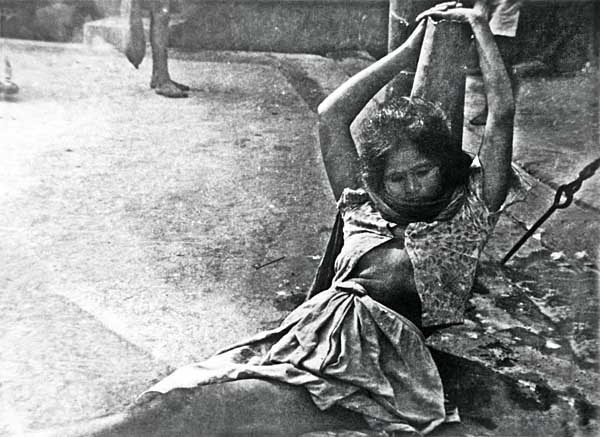
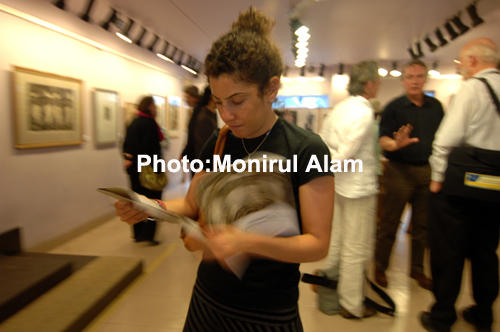

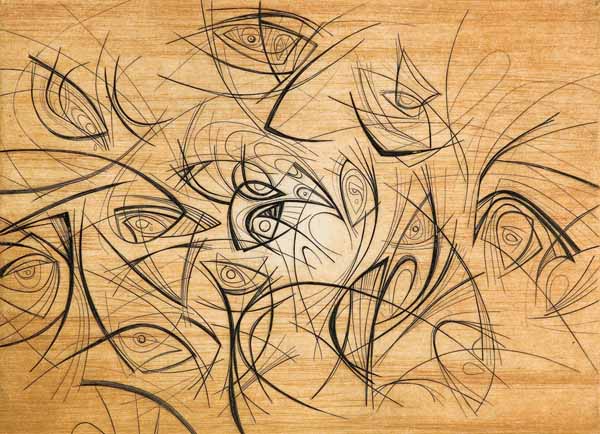
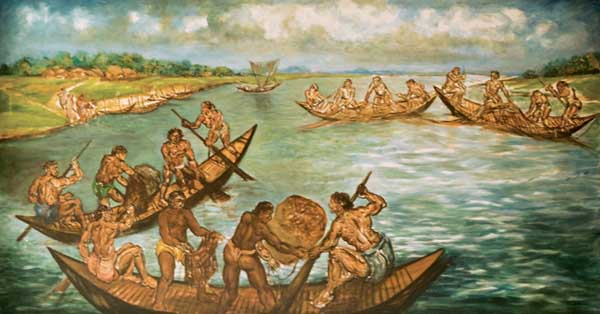 S M. Sultan @ Drik Gallery
S M. Sultan @ Drik Gallery